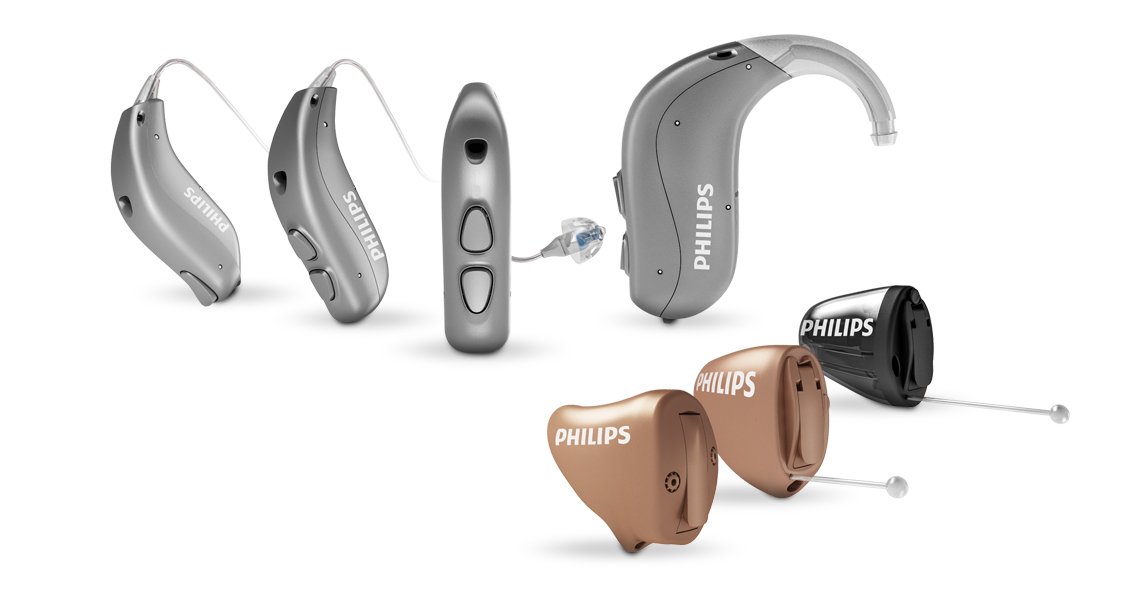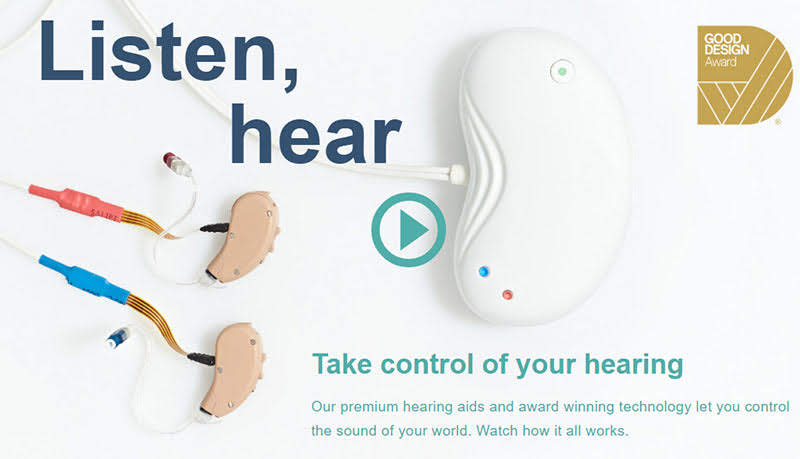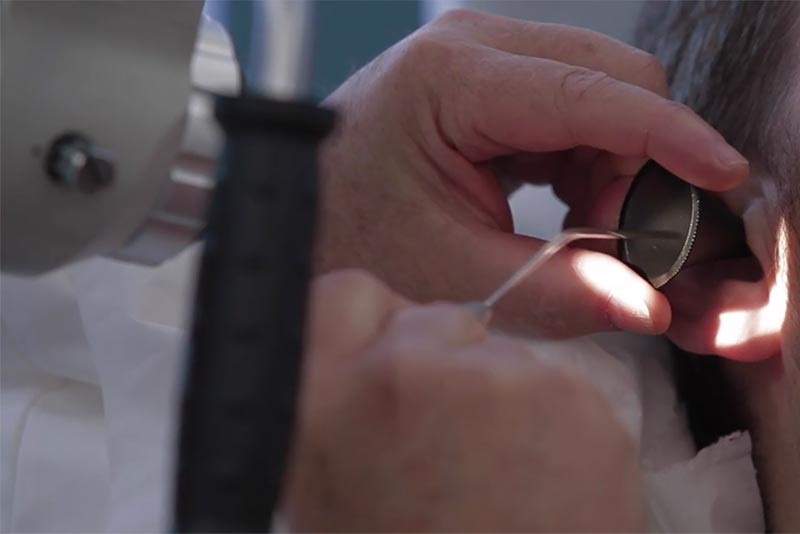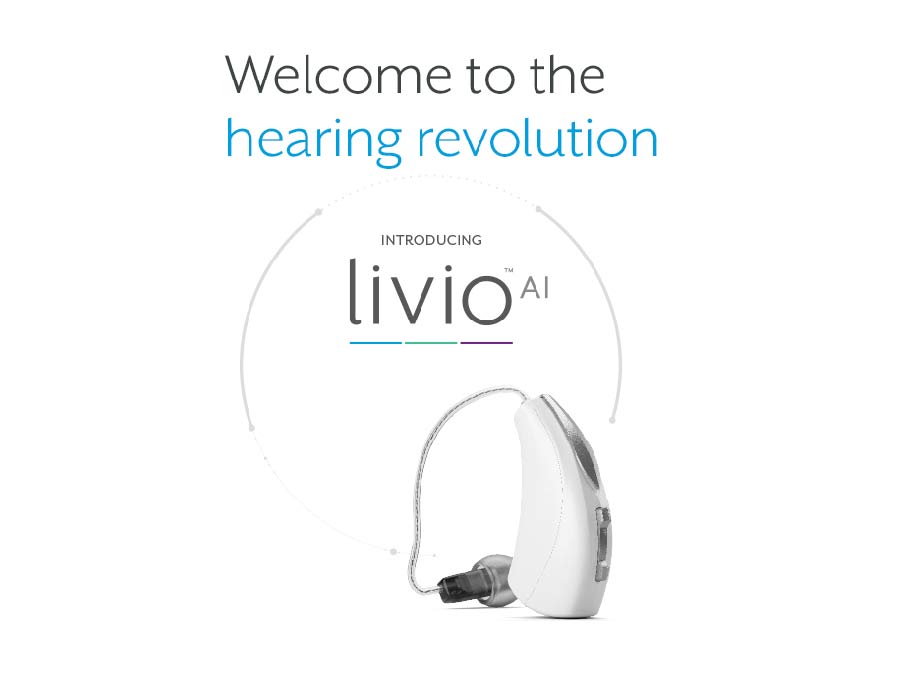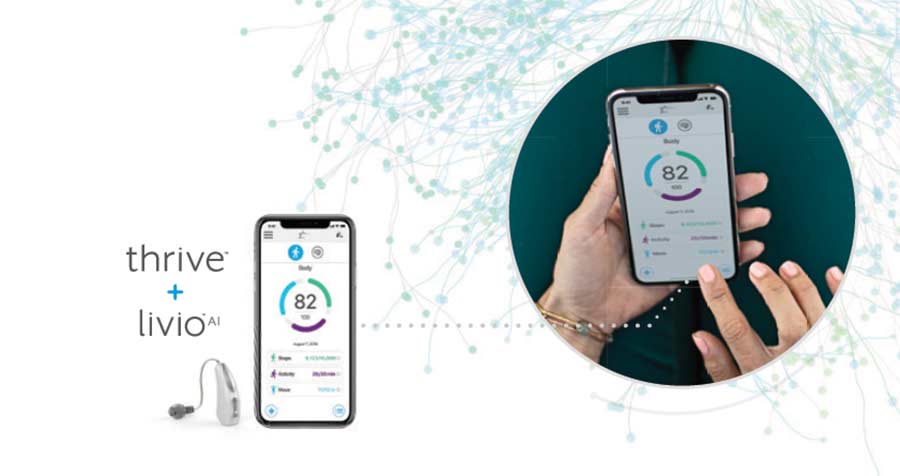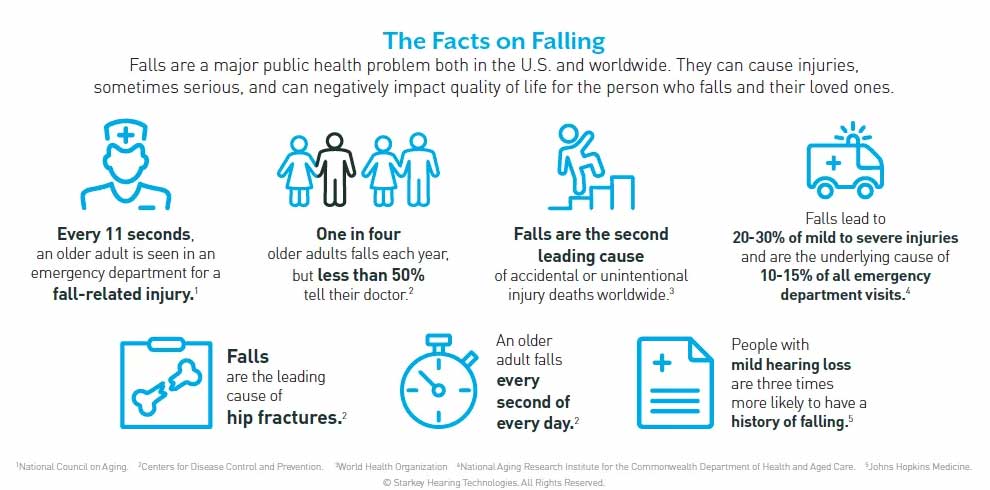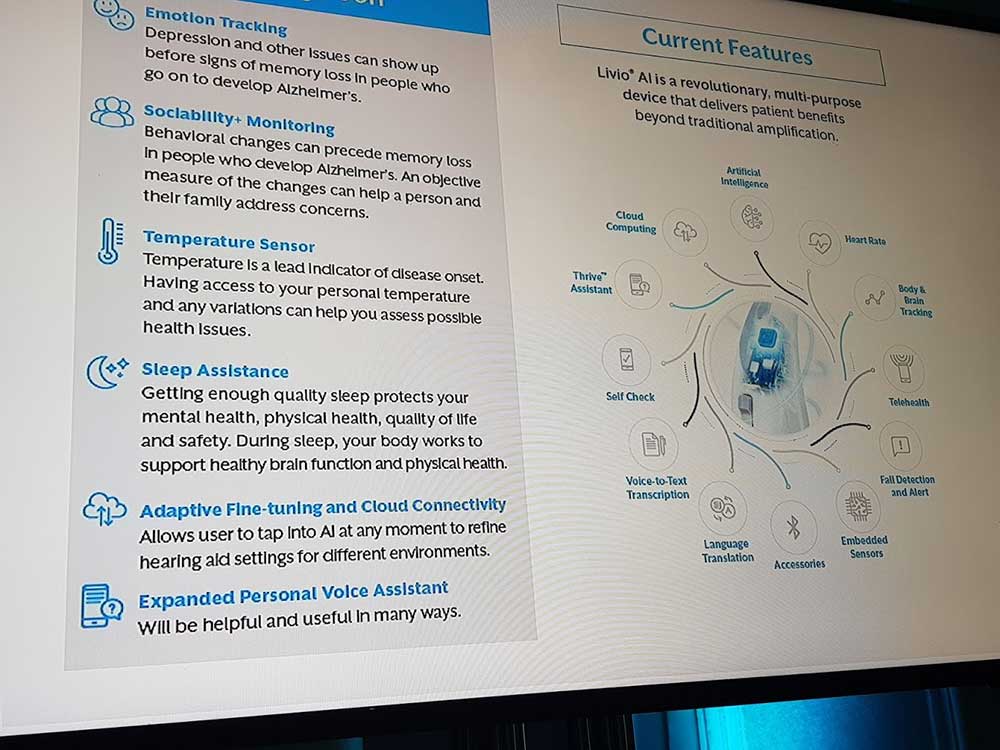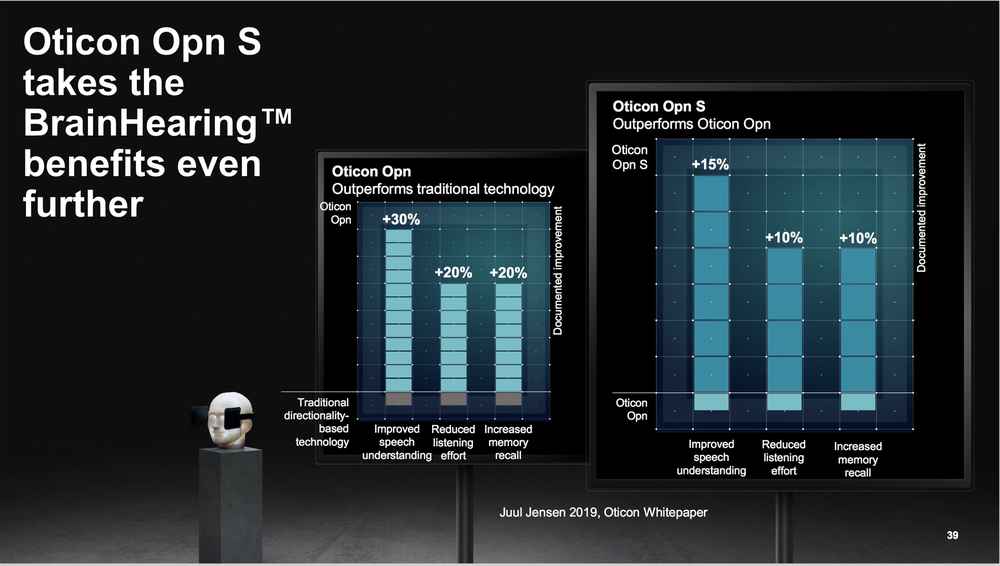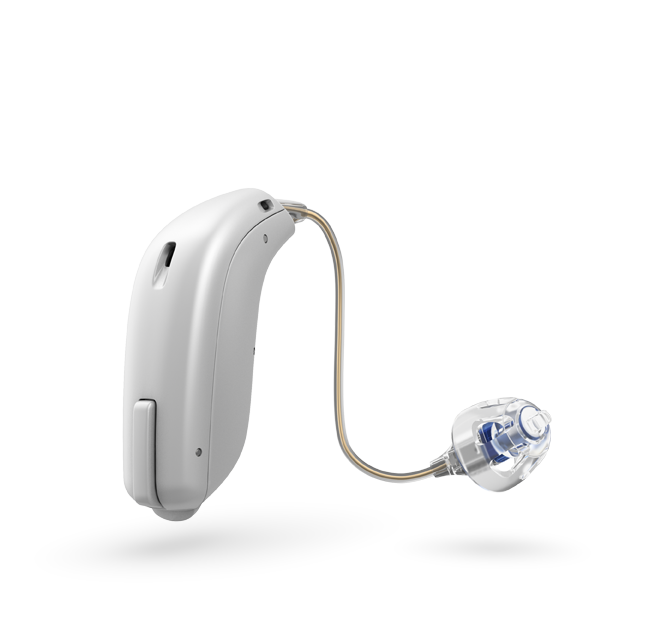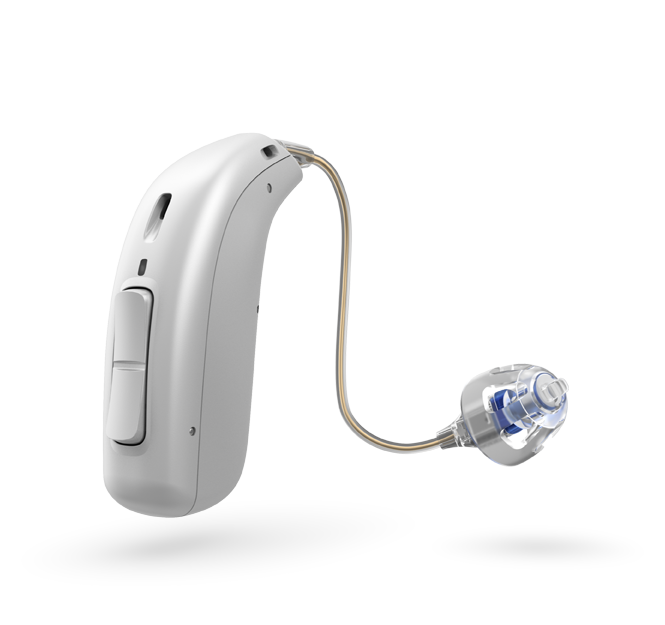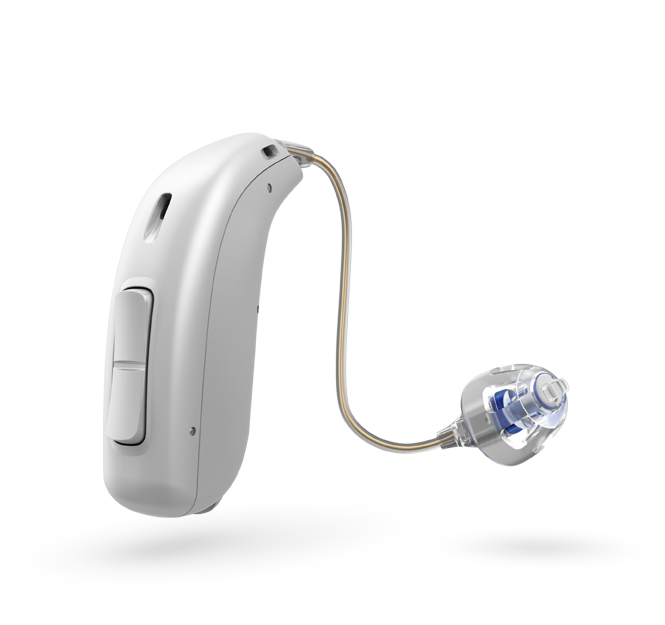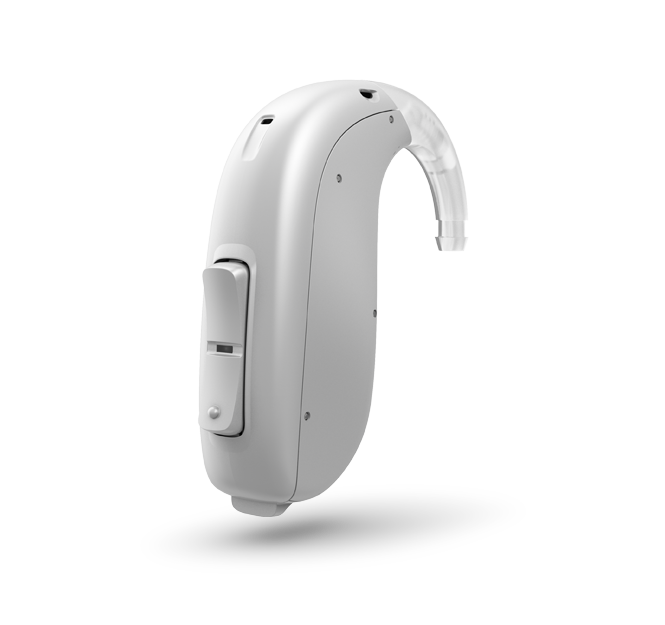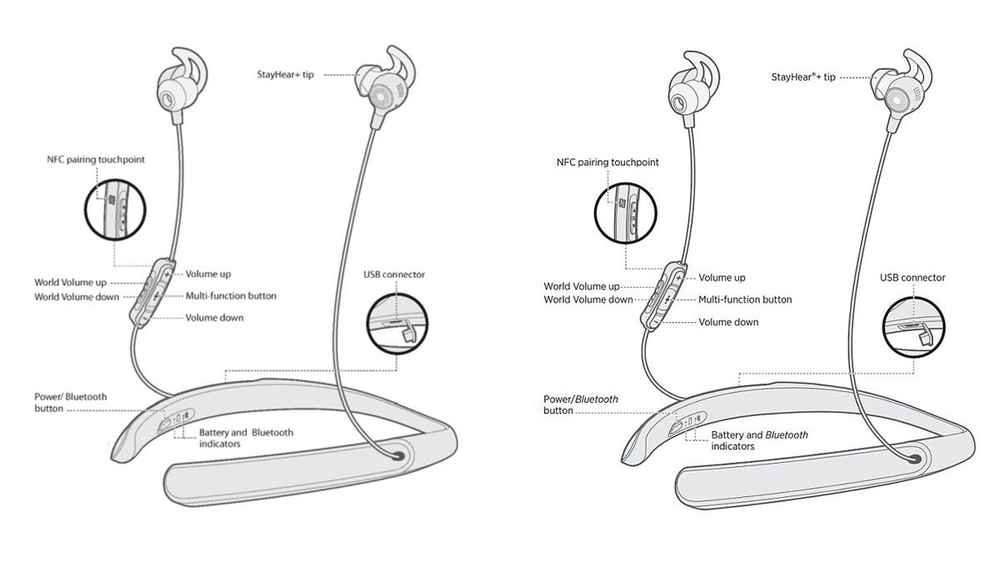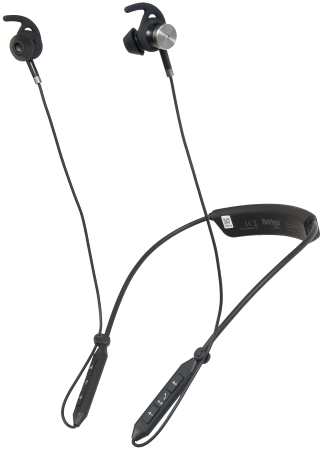HHTM do a great article each month on hearing aid related patents that are filed in the US. In their latest hearing aid patent article, a few things from a few established manufacturers caught my eye. Not the least of which was a system to check if a receiver is full of wax, the possible return of spectacle hearing aids and finally a new firmware system that will allow hearing aid functionality upgrades in the clinic. Let’s talk about hearing device patents.
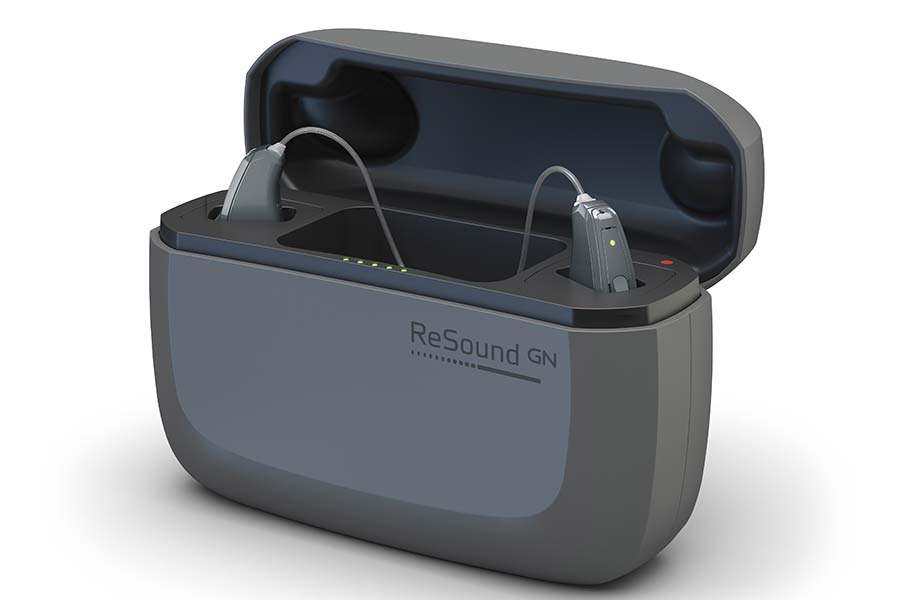
Upgrade Your Hearing Aids Anytime in Clinic
Resound has filed a patent for an upgradeable hearing aid and the system to upgrade the firmware. The patent makes it clear that upgrades will be applied by third parties in person. So I guess that means in the offices of hearing care professionals.
Unitron already uses a system like this and I mused about a year or two ago that I felt many of the hearing aid manufacturers would probably move toward this as the consumer market changed. Well, it looks like Resound is certainly thinking about the benefits of the system to users moving forward. Of course, just because they are working on the invention, doesn’t mean it will ever see the light of day.
But, if it does, it will mean that you can more happily pick a level of Resound technology that you think will meet your needs. And if it doesn’t, you can then pay for a simple upgrade of the devices to a higher level of technology.
Spectacle Hearing Aids Making a Comeback?
Resound again with this one, they have filed a patent for spectacle hearing aids. I may well be wrong but I don’t think they have ever produced spectacle hearing aids before? Anyway, these aren’t exactly the spec aids of the past. Spectacle hearing aids used to be popular enough, most of them were originally bone conduction devices (they conducted sound through the bone of the skull rather than through the ear), but there was some air conduction (just traditional tube into the ear canal to transfer sound) devices as well.
Some people absolutely loved the bone conduction spec aids, especially if they had a conductive hearing loss (problem with the middle ear usually, but can be ear canal). But, they were a bit of a pain for the professional to be honest. In order for them to work well, the bone conductor pad on the spec frames needed to be held tight to the head.
Over time, the arm of the frames would loosen and would have to be re-bent. That problem became more frequent the older the spec aids got. The air conduction devices didn’t have the same problems but they could break down often. The real issue when they were sent for repair was that not only was the user now without their hearing aids, they were also without their glasses!
Anyway, as I said before I went wandering off on a tangent, these aren’t the spec aids of the past. Resound has filed a patent for a device that wirelessly transmits processed sound to a receiver device in the ear. Basically, they have separated the function of traditional hearing aids and leveraged wireless transmission to offer something really interesting.
The spectacle frames will contain most of the business end of the hearing aid, it will have directional microphones and a binaural digital signal processing system. It will also have a wireless audio transmitter. That transmitter will be used to send audio wirelessly to separate receiver devices in the ear canals. Almost like wearing glasses and very small invisible hearing aids, but they work as a system.
It makes sense in some ways, it means the device that goes in your ear can be small. The fact that most of the business end is in the glasses means that you can use a big battery to power the system and you get the added benefit of huge antennas for the wireless radios. Again, just because they patent it doesn’t mean it will ever exist, but I think this would be a fascinating one, not sure how popular it would be though.
Self Check System For Wax or Moisture in the Receiver
Widex has filed a patent for a new system that will allow the hearing aids to check if there is a mechanical blockage (ear wax, debris or moisture) in the receiver sound tube. It will allow users to check what is going on with their hearing aids if the sound begins to deaden or stop altogether. It will mean a simple check will tell them if they need to change the wax guard. Alternatively, I would imagine it will also tell them if they need to go to the hearing care professional.
I bemoaned the fact that Widex hadn’t made their self-check system available on their Made For iPhone enabled Beyond or their new Evoke Fusion 2 devices. Their existing self-check system runs on the fitting software and it enacts a little sub-routine on the hearing aids that throws up any problems. This patent represents a new development though, however, it seems they are determined to make this available to the user.
Touch Interface
Phonak has registered a patent for a touch interface system to control a hearing aid. Interesting move, and one that makes sense. Many people who are used to hearable devices or wireless earbuds are used to using tap systems to control them. They are easy, tend to be simple to remember and are especially useful if you are on the move.
Own Voice Handling
It appears that Starkey is interested in a system that will allow them to recognise and control the perception of the user’s own voice. I am surprised other manufacturers aren’t interested in this feature. I was honestly astounded by the feature in the Signia Nx platform and it makes a lot of sense if we can use it to close off the ear canal. Anyway, it looks like Starkey may well be introducing it in the future.
There were plenty of other very interesting patents, looks like there are a few companies very interested in hearable type devices. If you are interested, follow the link at the beginning of the article to the HHTM article and you can click from there into each individual patent. Like us on Facebook or subscribe to the newsletter to keep up to date with our latest burblings.
